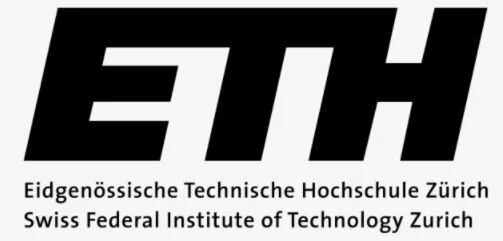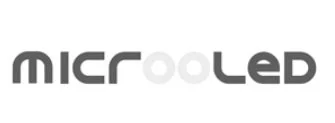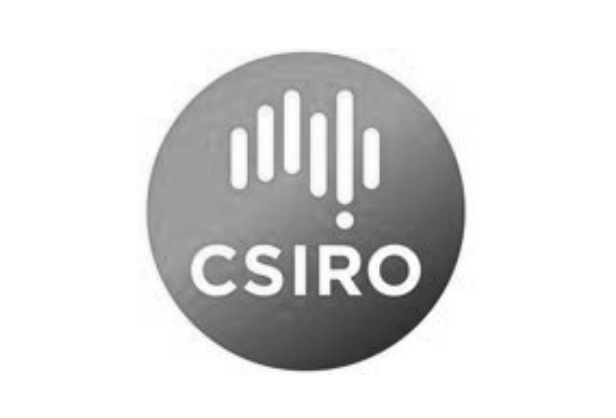
Phelos
Gonio-Spectrometer for Angle-Dependent EL & PL Measurements
Comprehensive Angular Luminescence Spectroscopy with Phelos
Phelos is an angular luminescence spectrometer to characterize light-emitting devices and thin films over varied emission and polarization angles. While traditional goniometric instruments focus on either electroluminescence (EL) or photoluminescence (PL), Phelos incorporates both measuring techniques in one table-top compact instrument.
The Phelos software can be easily coupled to the powerful simulation software Setfos for data analysis, parameter extraction, and device modeling.
Trusted by industry and academia, Phelos measurements have substantially contributed to numerous scientific publications
Phelos Review
“Phelos angle-dependent photoluminescence (PL)/electroluminescence (EL) spectrometer along with Setfos package is a great combination of hardware and software to characterize the orientation of emission transition dipole moment.
User-friendly interface and a broad range of parameters, such as polarization angles, position angles, driving current, and J-V parameters to investigate the PL as well as EL characteristics of light-emitting semiconductors.
We have extensively used both Phelos and Setfos to understand the quantum emission characteristics of perovskites and organometallic complexes and light-extraction efficiency in PeLEDs and OLEDs. We found these tools allowed fast data acquisition, simulation, and in-depth understanding of emission characteristics of LEDs and OLEDs.”
Dr. Sudhir Kumar, Nanomaterials Engineering Research Group, Institute for Chemical and Bioengineering, ETH Zürich
Advantages of using Phelos
Angular photoluminescence (PL) spectroscopy on organic, quantum-dot, and perovskite light-emitting thin films.
Angular electroluminescence (EL) spectroscopy on OLEDs and other light-emitting devices.
Angle dependence of the light emission of an OLED and other light-emitting devices.
Compatible with top and bottom emitting OLED structures.
Detection of p- and s-polarized signal, or continuous sweep over polarization angles.
Determine where in your emission layer the dipoles are emitting, and which is the orientation of the dipoles.
Integrated data analysis allows you to determine dipole orientation with one click.
Easily coupled to Setfos for advanced parameter extraction and device modeling.
Flexible contacting of any sample geometry and easy sample alignment.
Acquire current-voltage-luminance (IVL) curves with the integrated SMU
Measure: EQE, lm/W, Cd/A, CRI, and CIE coordinates
Polarizers and macro-extraction lens included. Multiple light sources are available.

Interested in Phelos?
Different Operation Modes
Phelos is a spectrometer for both Photoluminescence and Electroluminescence measurements. The instrument is equipped with an internal SMU that is used alternatively for the EL or PL characterization.
Electroluminescence
Analysis of the Color Efficiency.
Viewing Angle.
(EQE, lm/W, Cd/A) .
Fitting of the Emission Zone.
Emitter Orientation.
Measurement system for the analysis of the electroluminescence of an organic light-emitting diode and a perovskite light-emitting diode.
Photoluminescence
Photoluminescence thin film characterization instrument.
Angular Dependent Analysis of the light emission characteristics.
Emitter orientation.
Spectrum and Color per Emission Angle.
Polarization in Light-Emitting Thin Films.
Down-conversion & scattering
Characterization of down conversion in quantum dots
Characterization of the Scattering and Down-Conversion in Thin Films
OLEDs functionalized with Quantum Dots
Working point
Efficacy (cd/A)
CIE coordinates
Color temperature, CRI …
Post-processing of Experimental Data:
Spectral Irradiance/Intensity
Radiance/Radiant Intensity
Luminous Intensity
Phelos Software
The software provided with Phelos is an all-in-one platform to characterize your sample and analyze your data. The Graphical User Interface (GUI) allows you to extract easily the orientation of the dipoles in your light-emitting film with an automated fitting routine.
Phelos Videos
Full Tutorial: Mastering Curved Backlight Display Simulation with Laoss Optics | Step-by-Step Guide
Simulating the Opto-Electro-Thermal Effects on Large-Area Devices with Laoss Software from Fluxim
Optimizing Large-Area Perovskite Solar Cells & LEDs | Research Webinar
| Photoluminescence and Electroluminescence | |
|---|---|
| Angular Range | -90° to +90°, top and bottom emission |
| Optical Resolution | < 0.5° |
| Spectral Range | 360 to 1100 nm * |
| Spectral Resolution | 2.5 nm * |
| Signal-to-noise ratio | 300:1 |
| Voltage Range | ± 20 V |
| Current Range | ± 120 mA |
| Minimal Resolvable Current | < 100 pA |
| Motorized Polarizer | 0 to 360° (continuous) |
| Sample stage size | 40 x 40 mm2 |
| PL Excitation | 275 nm to 405 nm ** |
| Computer Connection | USB |
| Weight | 18 kg |
| Dimensions | 50 x 29 x 24 cm3 |
| PL Illumination Spot Size | 5 x 3 mm2 |
| * Smaller spectral range with higher resolution available upon request. ** Default wavelength is 365 nm. Various excitation wavelengths optionally available |
|
Phelos Specifications
We have been using Phelos for our research quite heavily. If you want to understand how to characterize down-converting nanocrystals for displays you can check this page “LIGHT CONVERSION USING PEROVSKITE QUANTUM DOTS”.
We also prepared a tutorial to explain how to use angular resolved photoluminescence and electroluminescence to study organic semiconductors.

























